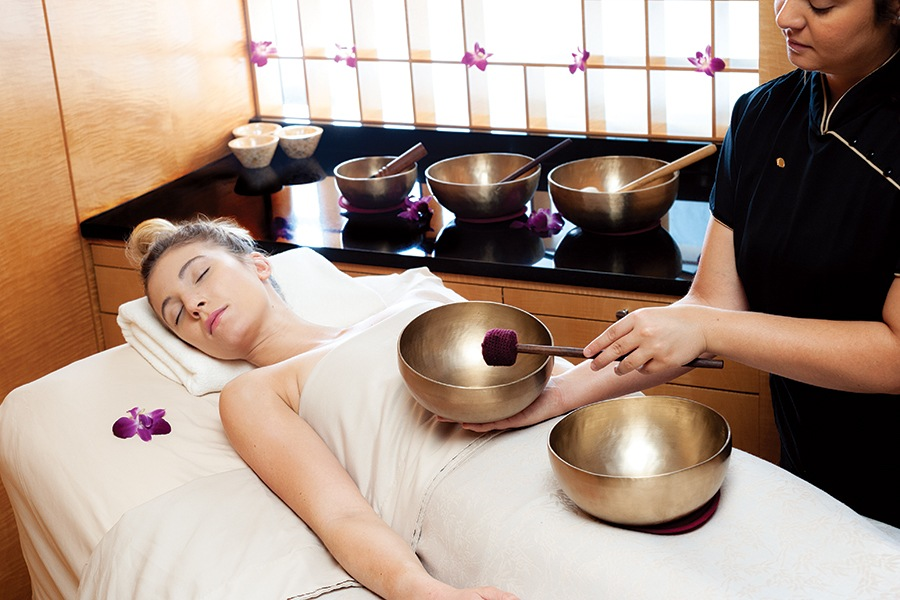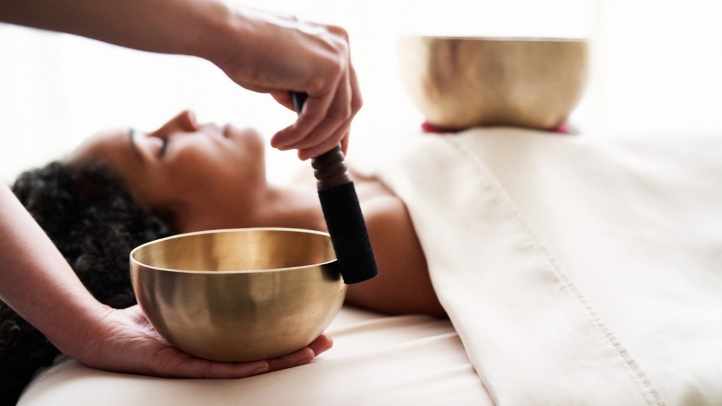Sound Baths: Finding the Right Frequency for Optimal Benefits
In recent years, sound baths have become a well-known holistic therapy. It gives deep relaxation and balance, so do not hesitate to try it out. Immersing in singing bowls, gongs, and other resonant instruments is also known to be an alternative way for mental and physical renovation. As this practice becomes more popular among people, the question is how often should one attend a sound bath? Overdoing may lead to adverse effects; hence, you need guidance on optimal frequency, precautions, and science behind sound baths, which will help you make informed decisions about integrating this into your wellness routine. What are the advantages of sound baths for stress relief? Sound baths promote stress relief by inducing deep relaxation through harmonious frequencies. The soothing sounds help lower cortisol levels, reduce anxiety, and create a sense of calm. Regular sessions can enhance mental clarity and emotional balance, supporting overall well-being and resilience. It is excellent for reducing stress, as it helps to submerge a person in soothing frequencies. The gentle and resonance tones created by the instruments—like the crystal bowls and gongs—also bring about a meditative atmosphere, hence decreasing cortisol, the hormone associated with stress. The decrease in cortisol levels, in turn, decreases feelings of anxiety, thereby increasing the potential for deep relaxation. Over time, repeated attendance at sound baths might enhance one’s clarity of mind by washing away tensions and mental clutter to arrive at a position of emotional balance and flexibility. On the holistic level, sound baths address health issues at a general level of being and are, therefore, an invaluable addition to stress management practices. How does one pick a frequency for a sound bath? Choosing the right frequency involves considering personal goals and sensitivities. Frequencies like 528 Hz promote healing, while 432 Hz enhances relaxation. Experiment with different sounds to find what resonates best, ensuring a personalized and effective sound bath experience. Thus, the appropriate frequency of a sound bath thus would be personal, depending on individual goals and sensitivities. Much benefit is said to come from different frequencies: 528 Hz, otherwise called the “Love Frequency,” is used by many for healing and transformation; 432 Hz is greatly revered for causing the mind to be calm and harmonious with the natural vibrations of the universe. Different frequencies can suit different people depending on their needs, whether it be for reducing stress or healing emotionally and spiritually. The tailoring of sound baths to personal preference allows participants to maximize the therapeutic benefits and create a more effective healing experience. Do Sound Baths Improve Sleep Quality? Sound baths can improve sleep quality by promoting relaxation and reducing stress. The calming frequencies help quiet the mind, facilitating easier transitions into deep, restorative sleep. Regular sessions before bedtime can enhance sleep patterns and contribute to overall health and well-being. The ability to improve sleep quality by providing a conducive setting that allows relaxation and reduction of stress means sound baths are gaining popularity. A sound bath uses gentle, harmonious frequencies, which can calm the mind and quiet mental chatter, easing one into restful sleep. Sound baths offer deep relaxation and so help catch good sleep, reducing insomnia and therefore improving sleep patterns. If done before bed regularly, sound baths might help get more consistent, restorative sleep and, thus, better physical and emotional health. The practice of sound baths at night acts, therefore, as a sleeping aid and, thus, to general health. What instruments are used during a sound bath? Sound baths use instruments like crystal bowls, gongs, and chimes to create healing frequencies. These tools produce rich, resonant sounds that promote relaxation and balance. The choice of instruments can vary, offering a diverse range of auditory experiences in each session. Sound baths can be re-created with the help of many instruments playing different kinds of sounds that finally heal and soothe an individual. Crystal bowls are used because of their pure, clear tones, which create certain frequencies directly aligning with the energy centers of the body. Gongs can be added to create low reverberating tones, which change a person’s state of consciousness, permitting the emotional body to release. Adding chimes and tuning forks will build harmonic vibrations to enhance the experience. This combination of instruments can provide a symphony of sound that will balance and enhance health. Choices of instruments may vary based on the way a practitioner likes to work, and the intended results of the bath. How often should one be doing sound baths to get optimum benefits? Attending sound baths once a week can offer optimal benefits, including enhanced relaxation and mental clarity. Regular sessions promote cumulative effects, supporting emotional balance and stress reduction. Adjust the frequency based on personal needs and wellness goals for the best results. The benefits of sound baths are achieved by the frequency of participation. For most people, the right frequency to achieve continuous enhancement in relaxation, mental clarity, and emotional balance is about once a week for a sound bath. The more frequently one goes, the more profoundly one will build on this experience and resilience of experiencing well-being over time. However, the optimal frequency may depend on the individual’s wellness goals and what they are looking for. For some people, additional and more frequent sessions might be beneficial in order to alleviate certain stress-related issues and emotional challenges. Identify the needs and vary the frequency of sound baths to meet personal health goals with the best results. Conclusion Healing and relaxation are both enhanced by sound baths; however, moderation is essential when using this method as it can easily shift into overuse, thereby leading to other problems. Understanding personal needs, together with scientific knowledge about how these works, will help you know what you should do concerning your involvement in such activities. References https://www.verywellmind.com/sound-healing-for-self-care-8384146 https://www.researchgate.net/publication/333852911_Sound_Healing_using_Solfeggio_Frequencies











